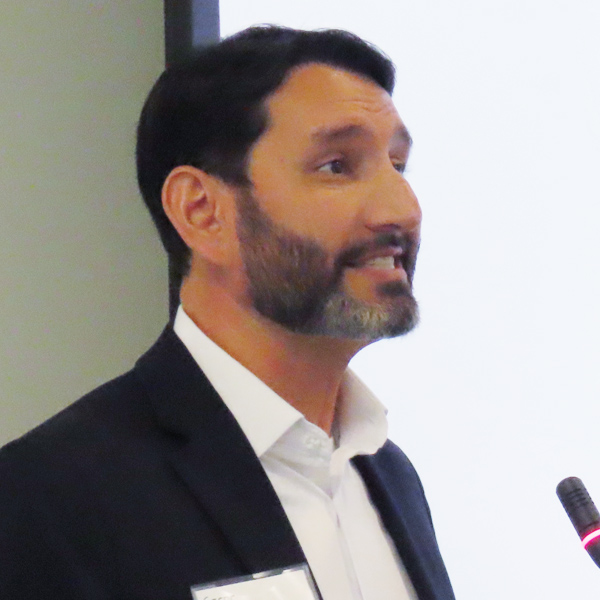CHARLOTTE, N.C. — A spokesman for the Southeast Energy Exchange Market (SEEM) told SERC Reliability’s Board of Directors Thursday that the market poses no challenges to the regional entity’s work on grid reliability.
“For everybody here in the room, responsibilities are not changing. Everybody still has the same reliability responsibilities,” said Corey Sellers, general manager of transmission policy and services at Southern Company, one of SEEM’s founding utilities. “Because we’re not doing a centralized dispatch, all of those … remain as they do today.”
SEEM is slated to enter operation later this year, after receiving FERC’s de facto approval last October (ER21-1111, et al.). (See SEEM to Move Ahead, Minus FERC Approval.) Currently the market includes 16 participants across 11 Southeastern states and nine balancing authorities, with more than 160 GW of collective capacity.
Many industry stakeholders continue to express skepticism about the ability of the new market to meet its claims of reducing friction in bilateral trading and spurring the integration of renewable energy better than alternatives such as an RTO or energy imbalance market, debates that Sellers has participated in before. (See GCPA Panelists Go One on One Over SEEM Proposal.) In his presentation Thursday, Sellers focused on the image of SEEM as an enhancement, rather than a disruption, to the current market.
 Corey Sellers, Southern Company | © RTO Insider LLC
Corey Sellers, Southern Company | © RTO Insider LLC“As we entered into this, we kind of went in with two key principles,” Sellers said. “One, let’s try to keep this simple, and build it upon the bilateral market that we’re already operating in the Southeast. And let’s try to get the most benefit for the least cost.”
Continuity was a constant theme in Sellers’ talk, as he sought to assuage SERC’s potential concerns by assuring attendees that “each balancing authority will continue to operate as it operates today” under SEEM. He portrayed the market as an attempt to smooth the business of electricity trading and allow greater use of the region’s wide array of resources.
“It’s really about scale and diversity … There’s time zone diversity, there’s definitely weather diversity, generation, load, all of those things are very helpful when you think about operating the system,” Sellers said. “That was a key component when we put this together … looking at that diversity, [and] at the diversity of resources, in particular around renewables. We have a lot of solar coming online … all across the Southeast.”
SERC’s board includes several representatives of SEEM utilities, who were asked by independent director Shirley Bloomfield to chime in with their thoughts on why their companies signed on to support the new market. The first to speak was Roger Clark of Associated Electric Cooperative; most of the following speakers said he expressed their views better than they could. Clark said the main attraction was the expansion of trading from hourly increments into 15-minute intervals, allowing more responsive scheduling.
“It was a low-cost project; it’s voluntary. We’re optimistic that something will come out of it, but we don’t have a lot of skin in the game,” Clark said. “As a BA, you lay in [resources] the best you can, but that’s what you’ve got, until you get to your next hour. … If I’ve got excess wind that we can put on and sell, [or] there’s excess solar, it’s that intra-hour variability that we’re hoping to get some efficiency out of.”

